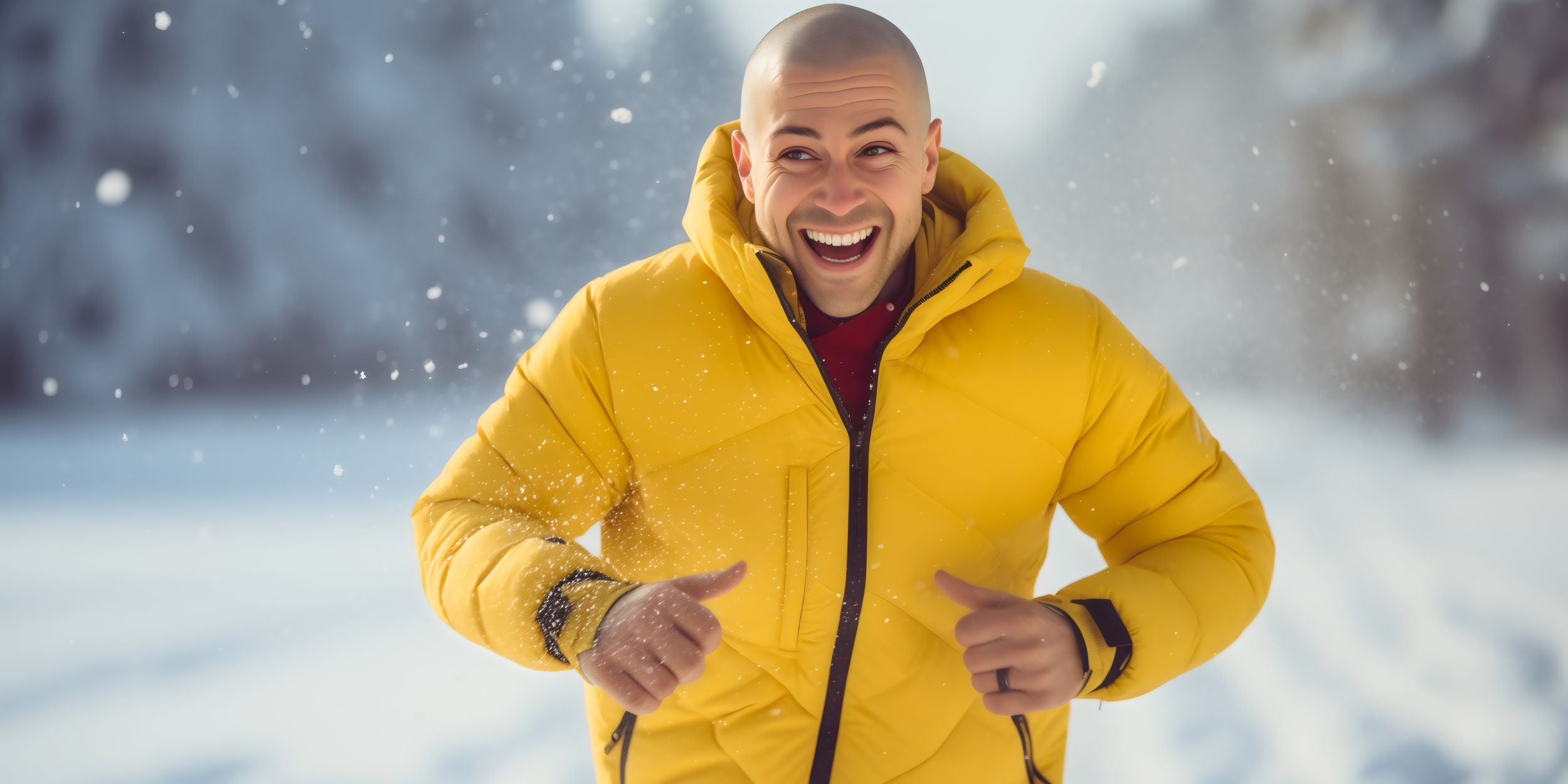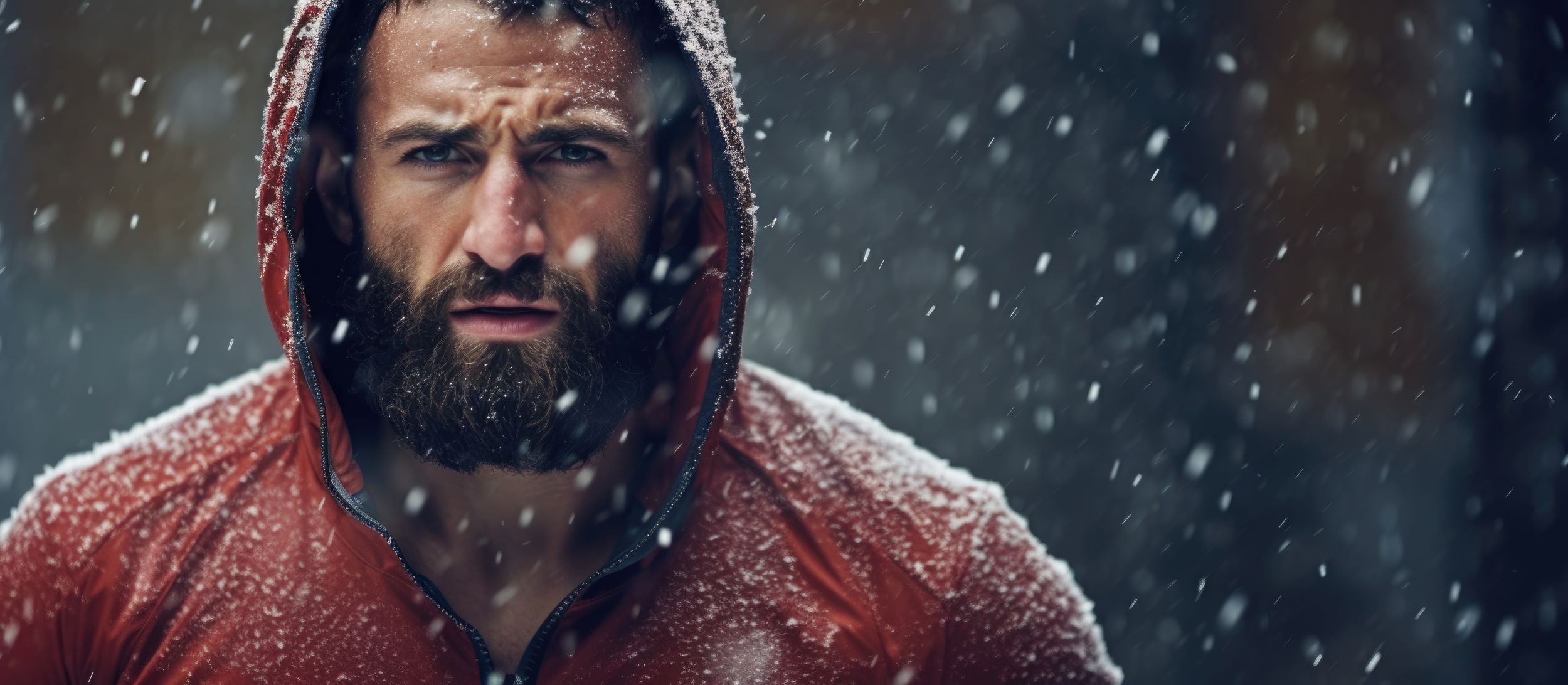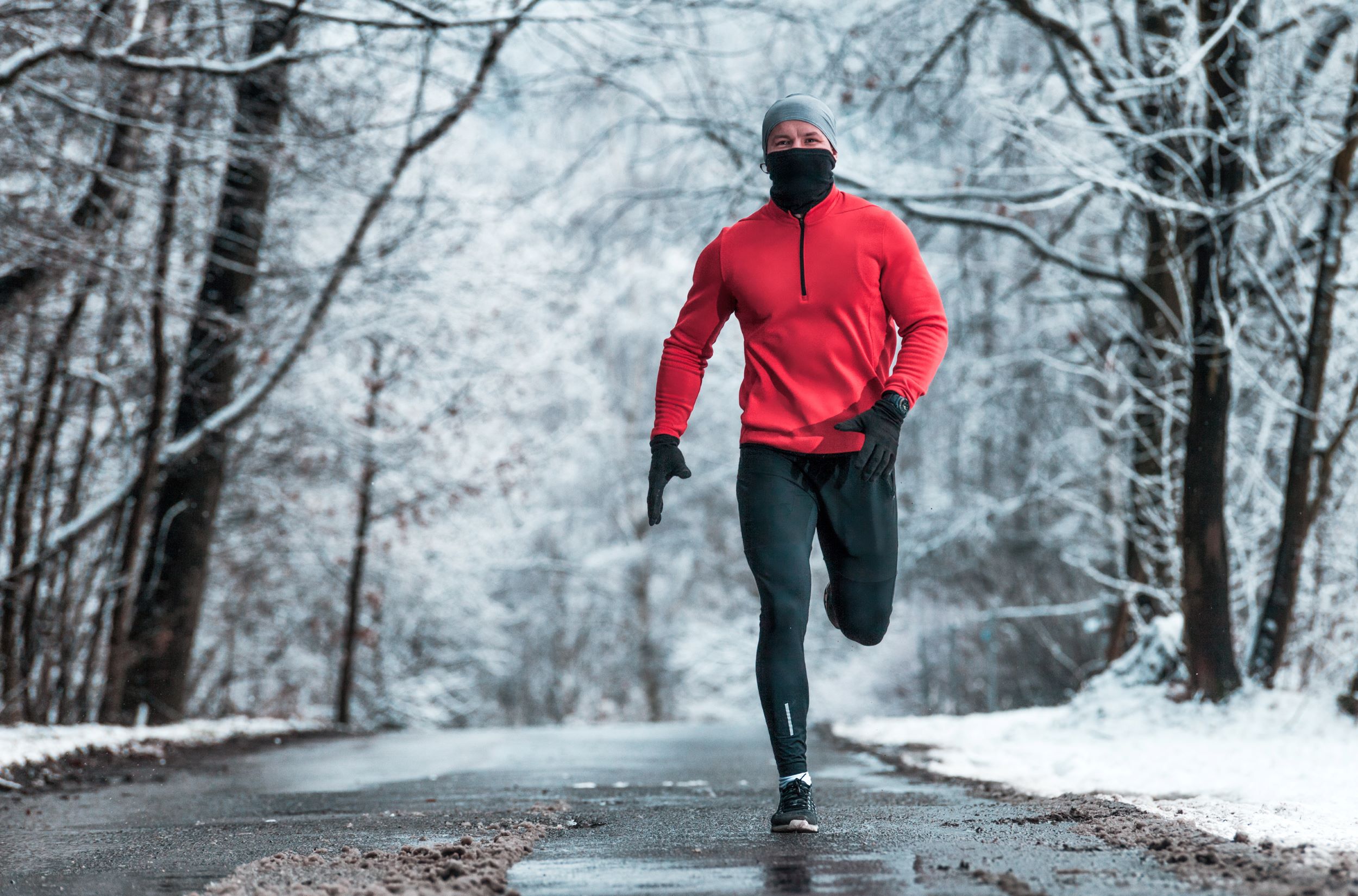As the mercury dips and the frost starts to glisten on the trails, the dedicated runner knows it’s time to adjust their wardrobe for the cold. Understanding what clothes to wear for running in cold weather is essential to not only maintain performance but also to ensure safety and comfort during your winter workouts. The key is to find a balance between insulation and breathability, to protect against the chill without overheating as your body temperature rises.
The right attire can make the difference between an invigorating run and a chilling ordeal. Layering is the cornerstone of cold-weather running strategy, allowing runners to adjust their temperature with ease as they go. Moisture-wicking materials are also crucial, as they transport sweat away from the body, helping to prevent the cold, clammy feeling that can set in during a long run. As each layer serves a unique purpose, from the base layer providing moisture management to the outer layer shielding against wind and precipitation, selecting the right garments is a critical step towards conquering the cold.
Join our vibrant running community at Run Just For Fun to learn more about dressing effectively for the cold, and get started today! With a community of enthusiasts and experts, you’ll find all the advice and motivation you need to keep your running routine robust, no matter the weather. Click here and take the first step towards your fitness freedom, even in the chilliest months.
The Importance of Layering for Winter Runs

Mastering the art of layering is a game-changer when it comes to running in cold conditions. The layering system is designed to offer versatility, allowing runners to adapt to changing temperatures and maintain a comfortable body climate from start to finish. The three-layer approach is a tried-and-true method that includes a base layer, mid-layer, and outer layer, each with a distinct purpose.
The base layer sits closest to the skin and is primarily responsible for moisture management. It should be made of a synthetic, moisture-wicking material that draws sweat away from the body, helping to keep the skin dry and prevent heat loss. The mid-layer acts as the insulating component, trapping warm air close to the body. Materials like fleece or wool are excellent for retaining heat while still allowing some air circulation. Lastly, the outer layer is your shield against the elements. This layer should be windproof and waterproof, yet breathable enough to let out excess heat and moisture.
By selecting the appropriate materials and fits for each layer, runners can create a personalized system that supports their unique needs. This dynamic approach to dressing enables athletes to peel off layers as they heat up or add them as the temperature drops, ensuring optimal performance and comfort throughout their winter running journey.
Selecting the Right Base Layer for Thermal Protection
The foundation of effective layering for cold weather running begins with choosing the right base layer. This critical layer serves as your personal thermostat, providing thermal protection while managing moisture. The key is to look for base layers made from materials that offer both insulation and breathability.
Fabrics such as polyester, polypropylene, or merino wool are ideal for base layers. These materials are adept at wicking moisture away from the skin, which is essential in preventing the chill that comes from sweat evaporation. A good base layer fits snugly to maximize moisture transfer without restricting movement. It’s important to avoid cotton as it retains moisture, which can lead to a rapid loss of body heat in cold conditions.
When temperatures plummet, runners might opt for base layers with a brushed inner fabric, which provides an extra degree of warmth by creating tiny pockets of air that hold body heat. Additionally, features like flatlock seams can enhance comfort by minimizing chafing, and extended cuffs can ensure that no skin is exposed to the biting cold. The right base layer will not only keep you warm but also dry and comfortable, setting the stage for a successful and enjoyable winter run.
Mid Layer Magic: Balancing Insulation and Breathability

Once the base layer is set, the next piece in the cold-weather running apparel puzzle is the mid-layer, which plays a pivotal role in balancing insulation and breathability. The primary function of the mid-layer is to capture body heat radiating from the base layer, providing an extra buffer against the cold while still allowing sweat to escape.
For mid-layer garments, runners should seek out materials like fleece, which are lightweight yet offer significant warmth. Fleece is designed with a lofty texture that traps heat but is also breathable enough to let moisture vapor pass through. Other options include synthetic insulators such as microfiber fabrics that are designed to mimic the qualities of down but perform better when wet.
The fit of the mid-layer should be considered carefully; it needs to be loose enough to trap air, which is a key insulator, but not so bulky that it restricts movement or prevents the outer layer from fitting properly. Some runners prefer mid-layers with a zippered neck or front, which can be easily adjusted to regulate body temperature during a run, depending on the intensity of the workout and changes in weather conditions.
Remember, the mid-layer is all about retaining the warmth your body generates while still allowing excess heat and moisture to escape. It’s a delicate balance, but with the right mid-layer, runners can maintain a comfortable body temperature and focus on the joy of the run, even in the brisk embrace of winter’s chill.
Outer Layer Defense: Shielding from Wind and Precipitation

As the final armor against the elements, the outer layer’s role is to shield runners from wind, rain, and snow without compromising the effectiveness of the layers beneath it. This is where the selection of materials becomes crucial. The key is to find a balance between protection and breathability, ensuring that moisture from within can escape, while external moisture is kept out.
When considering what clothes to wear for running in cold weather, look for jackets and pants that are made from fabrics engineered to be water-resistant yet breathable. Gore-Tex and other similar membrane-equipped fabrics are excellent choices, as they have microscopic pores that are small enough to prevent water droplets from penetrating but large enough to allow moisture vapor to pass through.
Runners should also pay attention to features such as sealed seams, waterproof zippers, and adjustable cuffs, which all contribute to keeping water out. Reflective elements are another important feature for safety, especially given that winter days have shorter daylight hours, increasing the likelihood of running in low-light conditions.
Additionally, the outer layer should be easy to adjust or remove. As body temperature fluctuates or weather conditions change mid-run, runners may need to modify their level of protection. Jackets with vents, for instance, offer the possibility to increase airflow on the go, and packable designs that can be easily stowed away in a pocket or running belt provide flexibility and convenience.
Striking the right balance with your outer layer will ensure that you are well-defended against the winter’s unpredictable weather, allowing you to concentrate on the path ahead and the pure exhilaration of your run.
Accessorize Your Run: Essential Extras for Cold Conditions
Visit our website to learn more and get started today! Click here.
While the core apparel is vital for cold weather runs, accessories play an equally important role in ensuring comfort and protection. These essential extras can be the difference between a challenging workout and a performance-boosting experience. When temperatures drop, accessories become more than mere embellishments; they are the fine details that safeguard your extremities and enhance overall warmth.
Gloves and mittens are essential for keeping your hands warm. Look for options that offer a balance of insulation and moisture-wicking properties. For those especially frigid days, thermal gloves with touch-screen compatibility are a practical choice, allowing you to manage your devices without exposing your hands to the cold.
Protecting your head and ears is crucial since a significant amount of body heat can be lost through the head. A thermal beanie or headband that covers the ears can provide the necessary warmth without causing overheating. To shield your face and neck, consider a neck gaiter or balaclava, which can be easily adjusted as your body temperature changes during the run.
Lastly, don’t overlook the importance of moisture-wicking socks. They not only keep your feet warm but also prevent blisters by keeping your feet dry. For icy conditions, traction devices that can be attached to your running shoes will provide the necessary grip and prevent slipping.
By carefully choosing the right accessories, runners can tackle the cold with confidence. These supplementary items are key to maintaining thermal comfort and can significantly enhance the cold-weather running experience. Equip yourself with these indispensable accessories and feel the difference in your performance and enjoyment.


